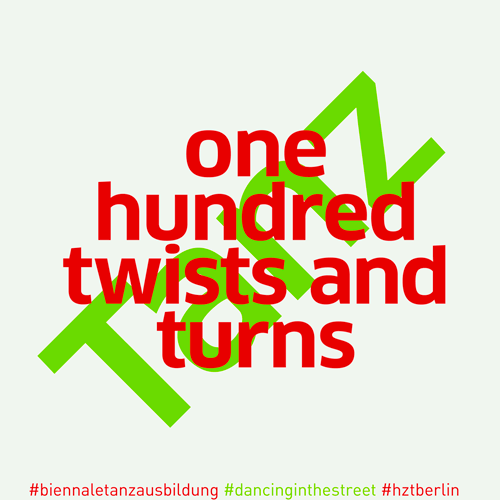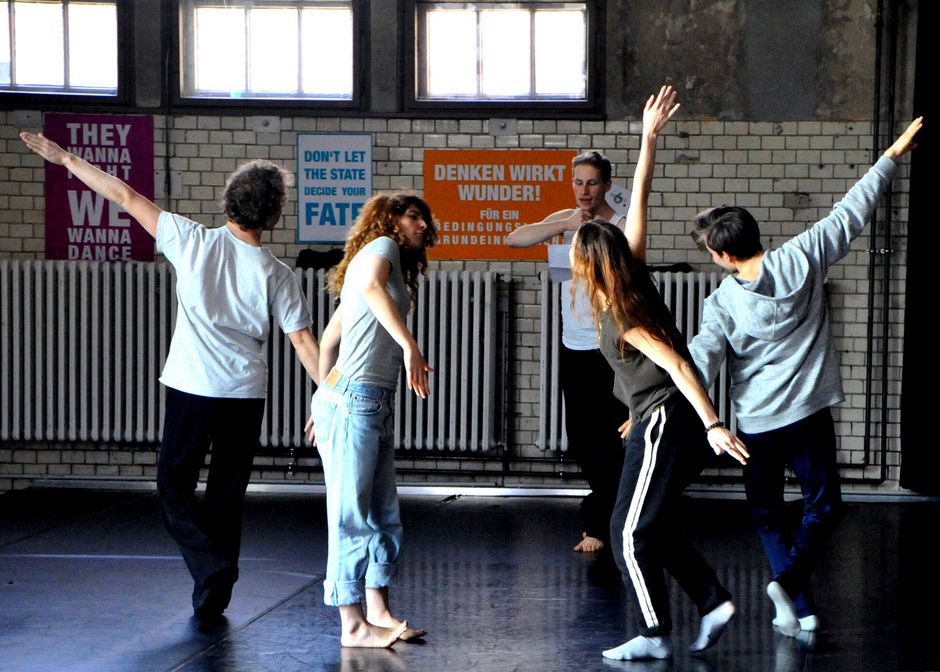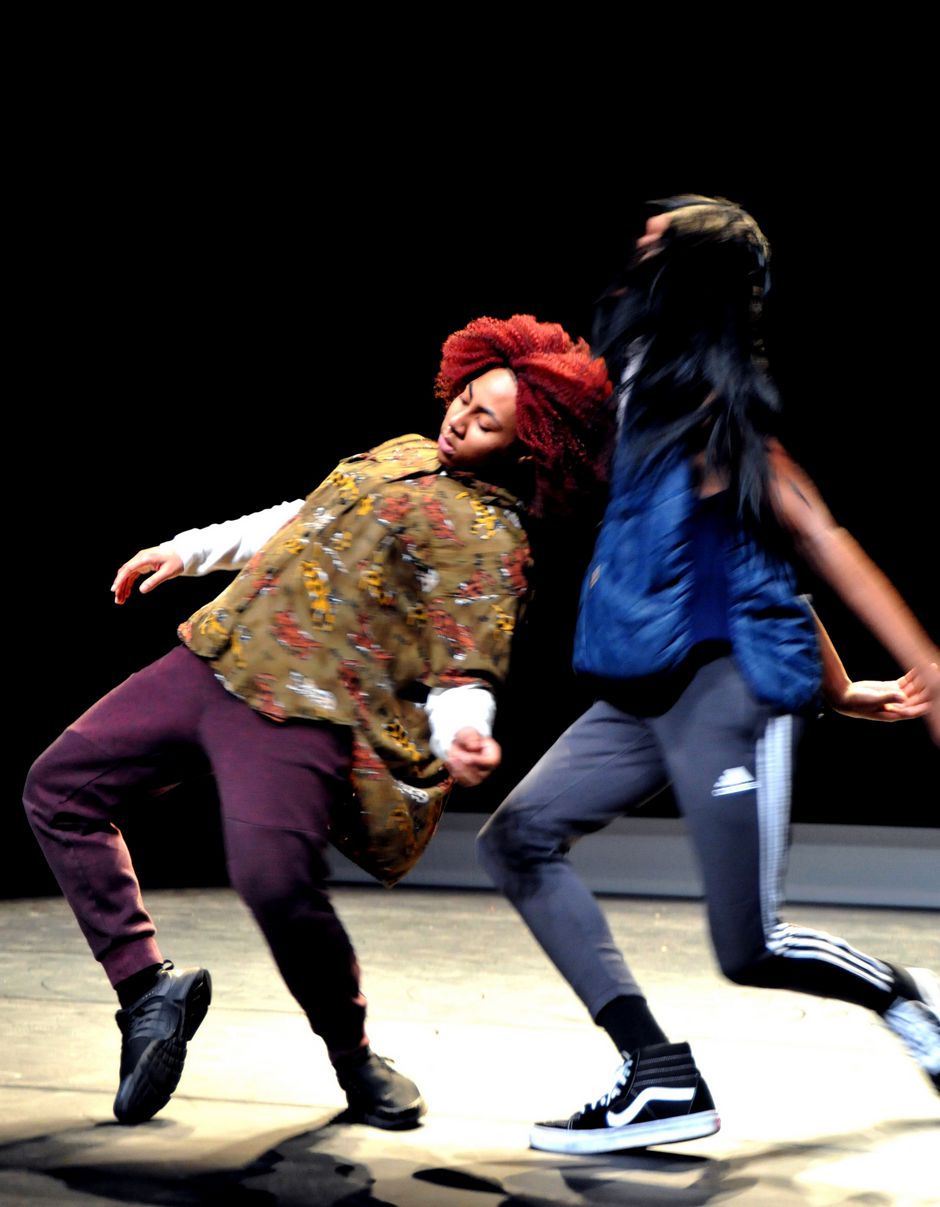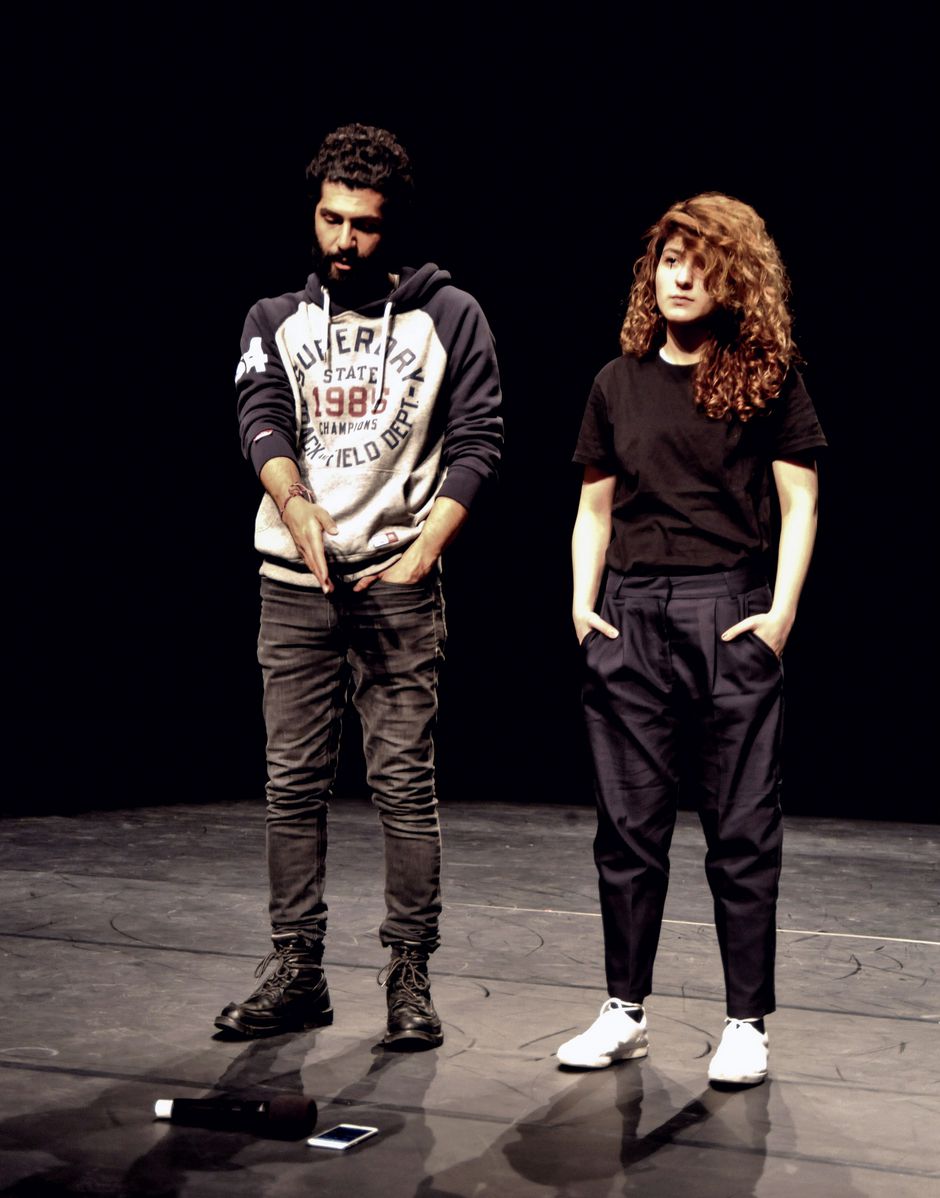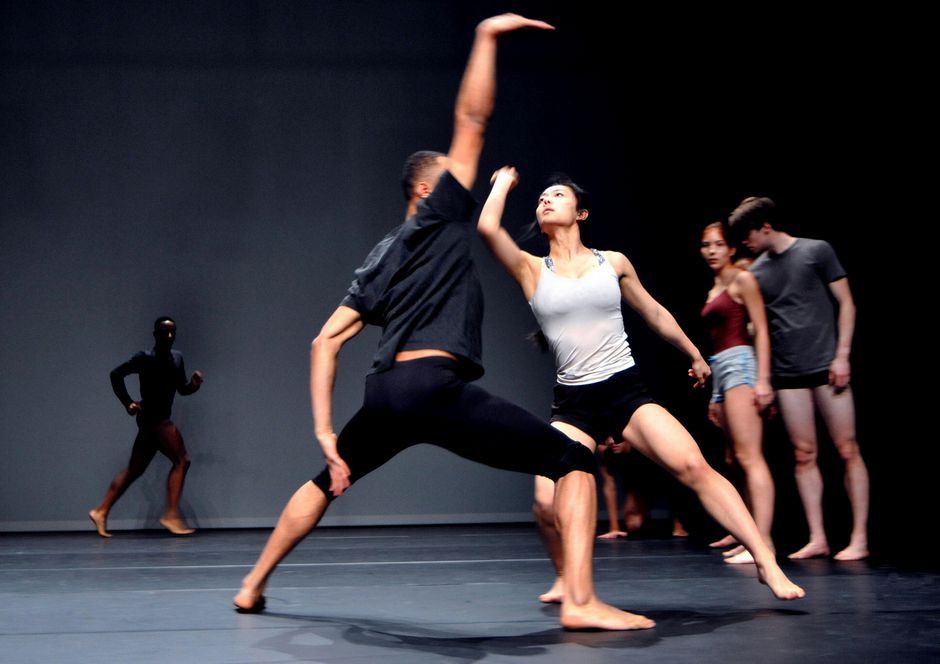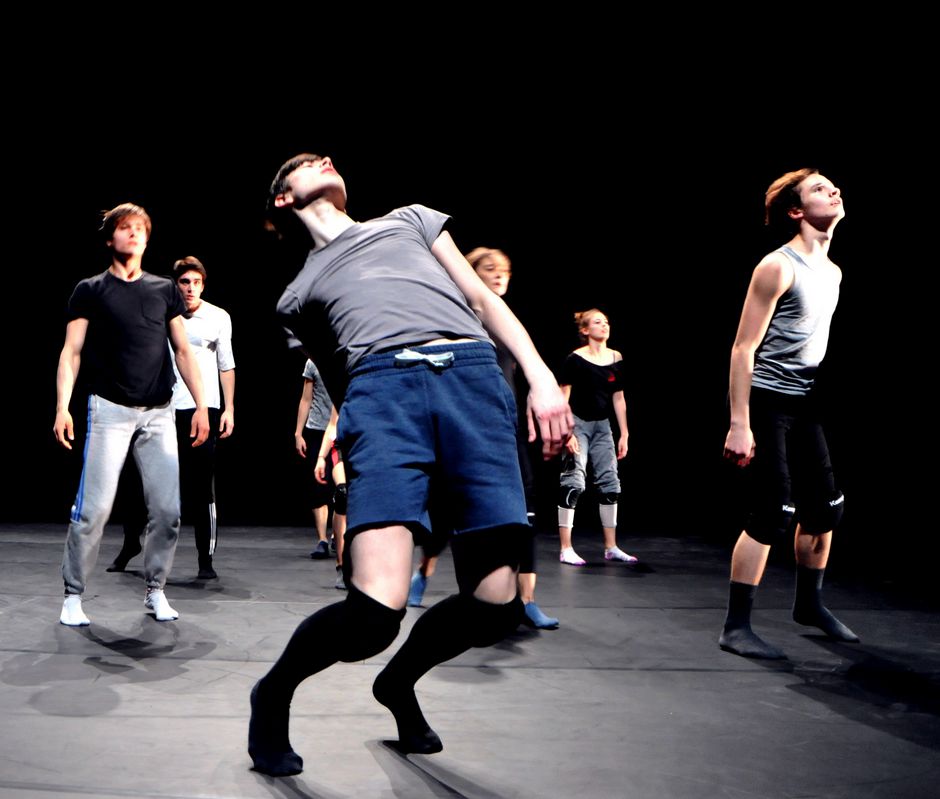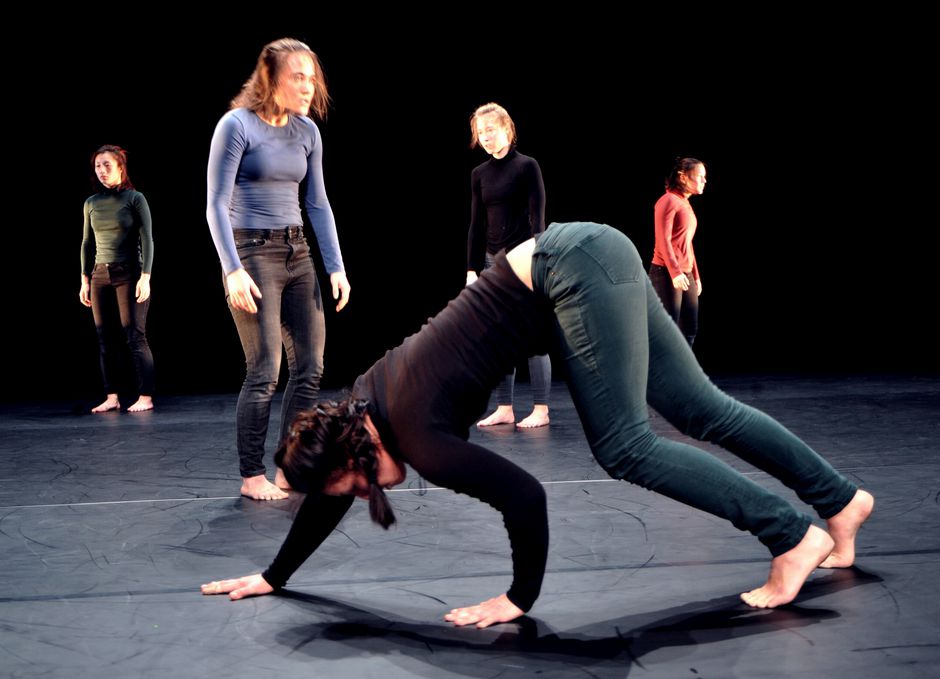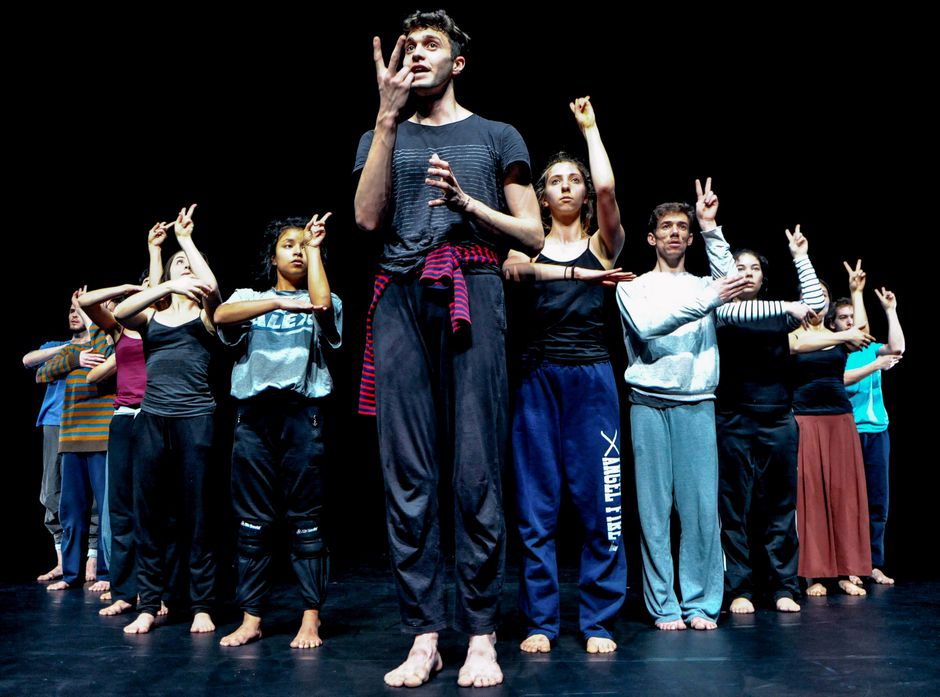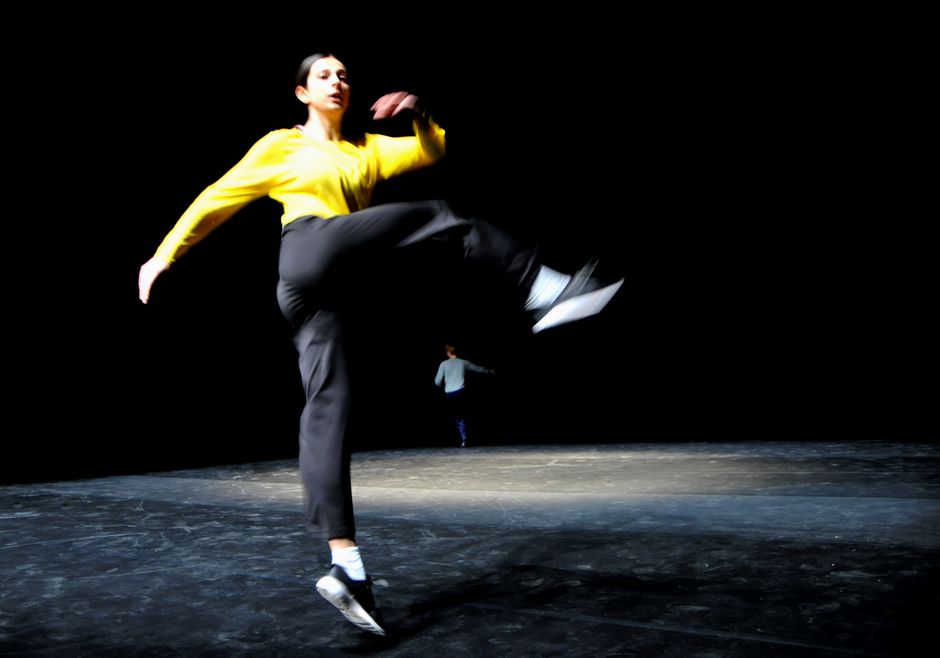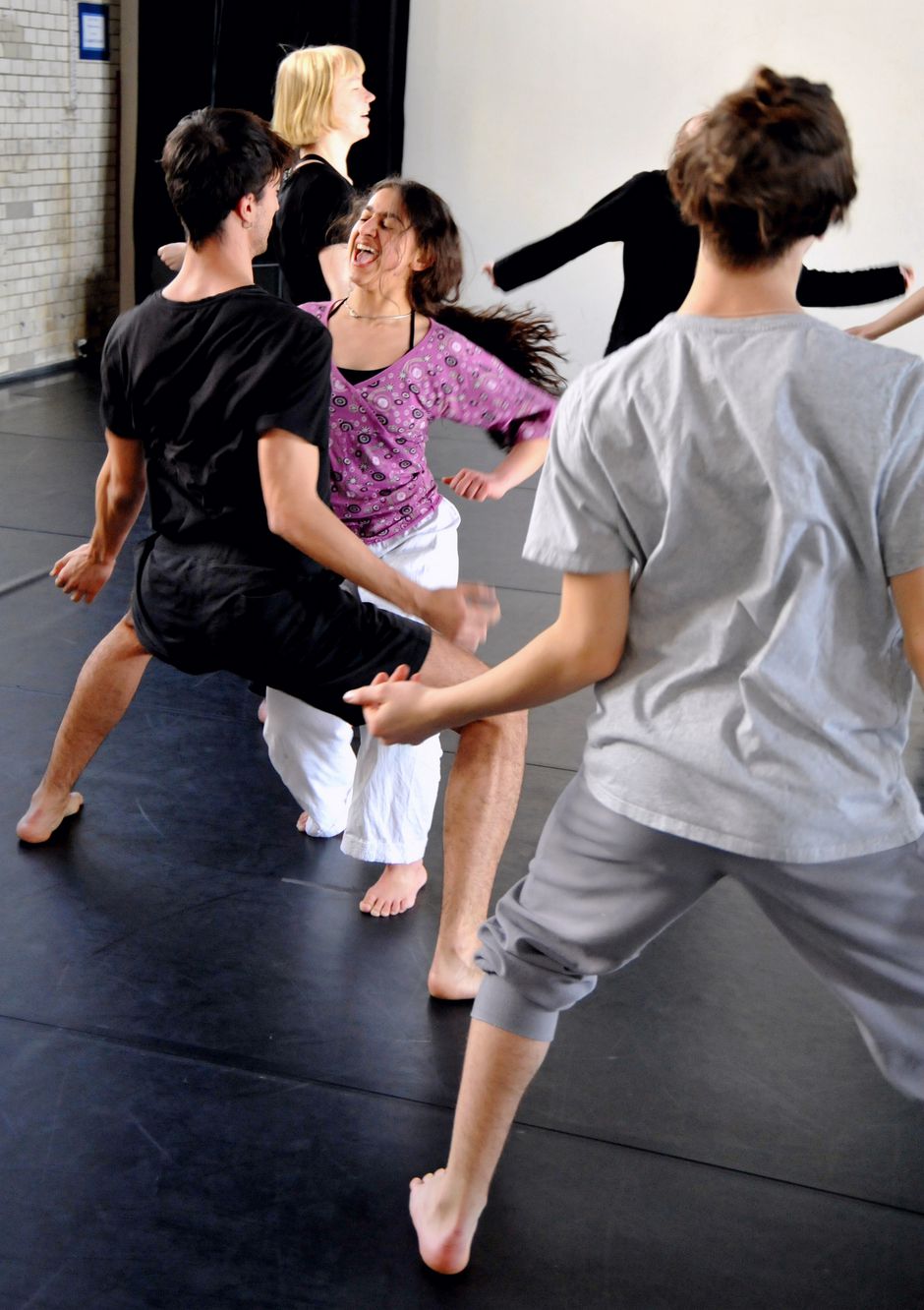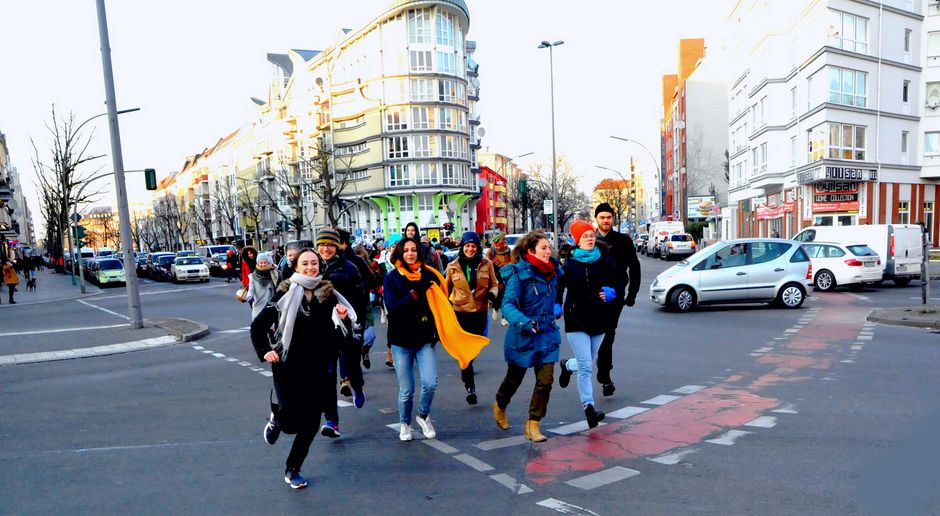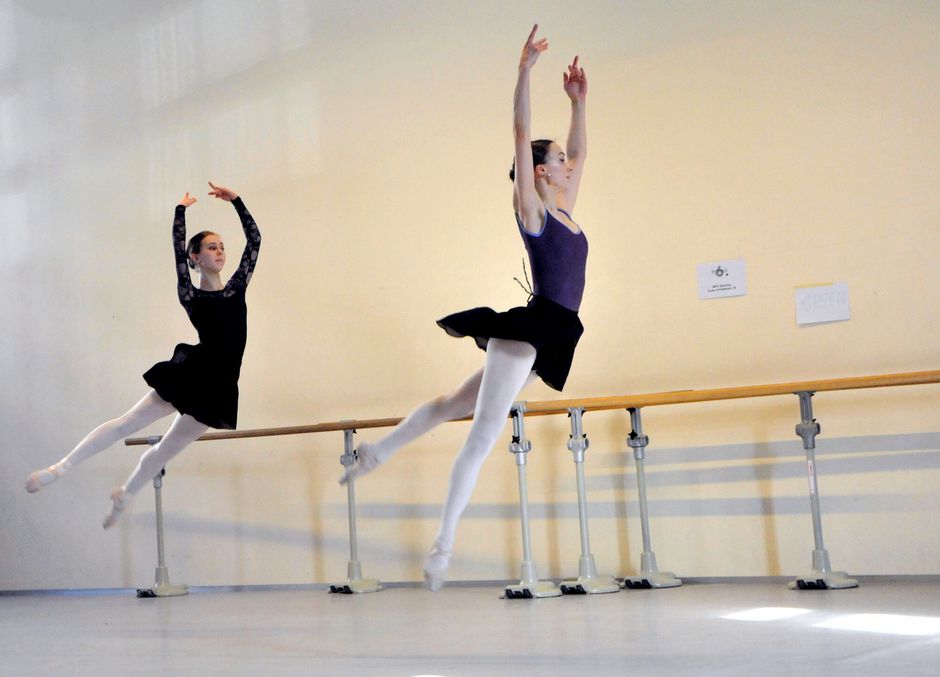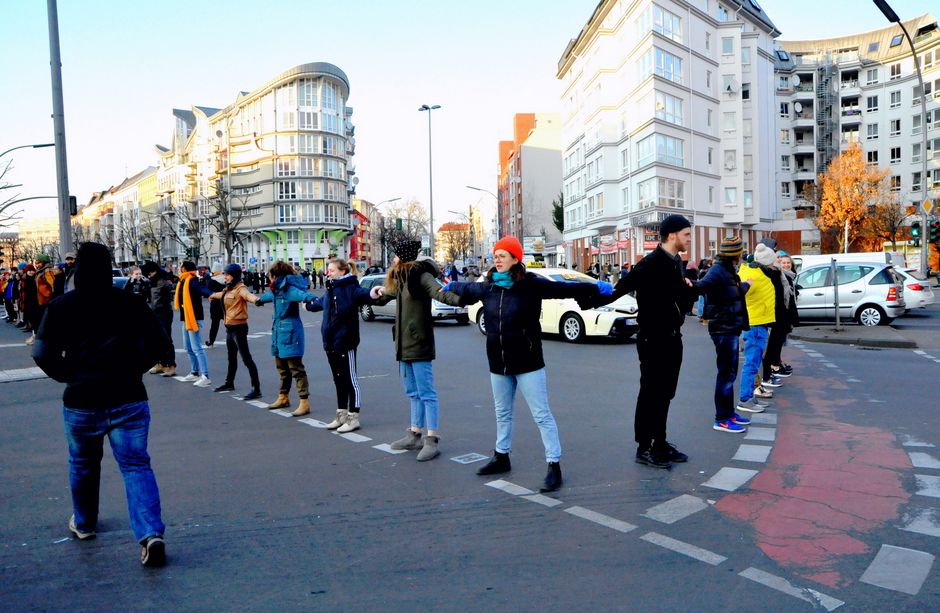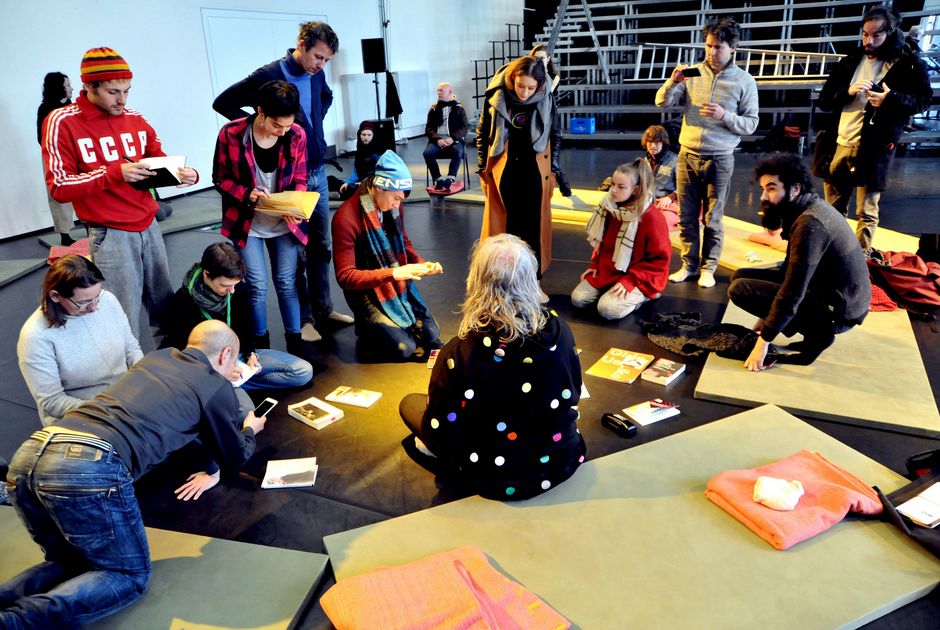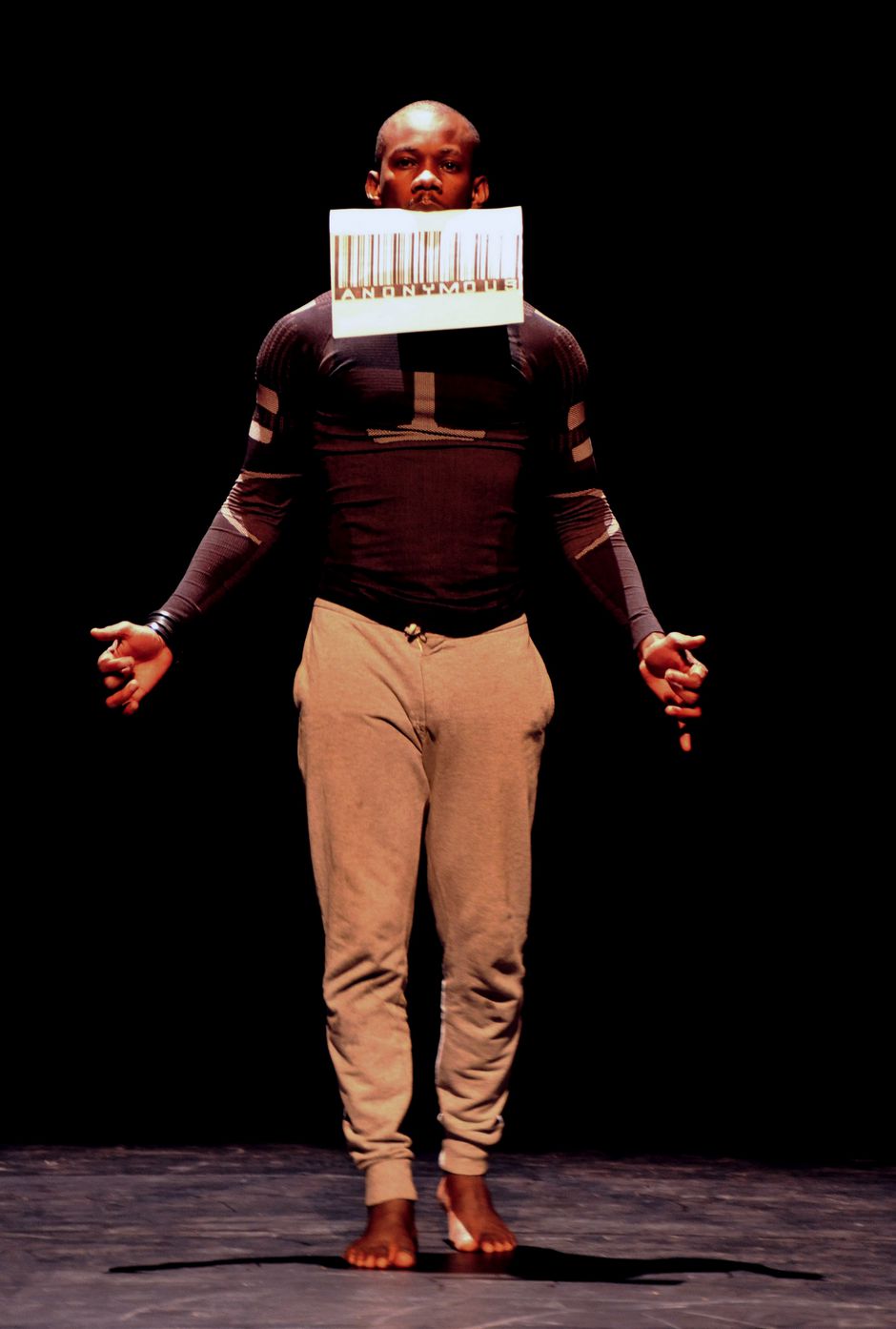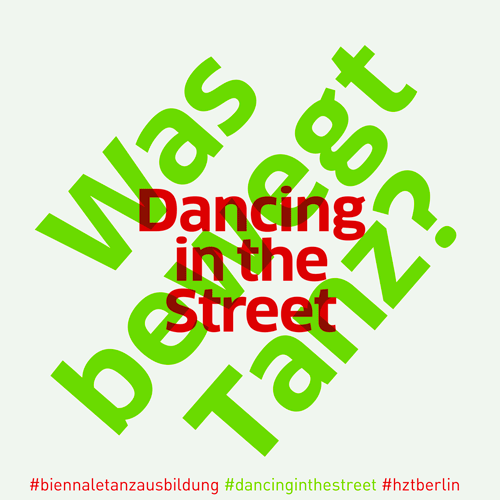6th Dance Education Biennial 2018
Dancing in the Street. What moves dance?

“DANCING IN THE STREET. WHAT MOVES DANCE?”
The 6th Dance Education Biennial 2018 brings into focus the mutual relationship between dance and societal and political themes. Under the title “Dancing in the Street. What moves dance?” the political dimensions of dance whether in education, in the studio or on the stage as well as within the political and social contexts in which we live are questioned.
The 6th Dance Education Biennial 2018 is a project of the Dance Education Conference and will be organised by HZT Berlin. Students and representatives from the state educational institutions for dance in Germany will meet for a one week exchange platform at Uferstudios and for two public performances at HAU Hebbel am Ufer. The biennale gives the participants a forum to grapple with themes and issues relevant to their profession and to familiarise themselves with different approaches to education and work through workshops, trainings, artistic presentations, lectures and discussion formats.
On the necessity of the political in dance education
Sooner or later in their education and professional training, dance students will come into contact with different facets of politics and have to deal with them. For that reason, during the Biennial, the participants are invited to reflect on societal and political matters in their own practice and bring them into discourse. What does it mean to be politically aware in the context of dance education? What is my within my capacity as a dancer and what are my responsibilities? What does it mean to dance here and now? What did it mean in other times and places? Which stimuli does dance give directly or indirectly to society? With which societal and political events are key players within the dance world dealing with and how?
Over the course of history, dance as an art form has claimed its societal and political relevance again and again: whether in the sense of an aesthetic renegotiation of the body and its representations, in the examination of concrete political events or in the communal practicing and passing on of dance forms which can be a model for societal coexistence .
Dance as a medium for social protest and political action
Dance has also – or perhaps especially – repeatedly developed its potential for societal change offstage . And so the first part of the Biennale title is “Dancing in the Street”, harking back to the song of the same name by the US-american group “Martha and the Vandellas”. Released originally in 1964 as a harmless party song, it took on a second meaning as a protest song for African-American demonstrators of the civil rights movement. The call to dance in the streets was perceived, in the USA of the 1960s, as a threat to social order, which lead to many radio broadcasters taking the song out of air play rotation.
The power that emanates not only from dance but also from the silent persevering body was recently demonstrated by the choreographer and dancer Erdem Gündüz in his action “Standing Man”: In 2013 Gündüz stood motionless for 8 hours in Taksim Square in Istanbul while staring at a banner with the portrait of the founder of the Turkish republic, Mustafa Kemal Atatürks. Neither police questioning nor the searching of his trouser pockets and rucksack deterred his peaceful resistance and silent protest in support of freedom of opinion.
These examples show that politics in dance range from the communal experience in the studio to civil disobedience in public spaces. The Dance Education Biennial tries to depict this spectrum by presenting artistic positions and perspectives in workshops for students and in a day-long public conference on the different ways of relating to society and show how they are acted on in and through dance.
Developing ideas for dance education and dance art
The 6th Dance Education Biennial takes the study of the possible social and political spheres of action of dance as an opportunity to ask: In which direction and for what reason should dance education expand in order to fully exploit this potential? What can dance and dance education bring to different aspects of society and which contacts and interfaces need to therefore be established? What are the political and social visions of the next generation of dance creators and how can we best support them so that they can realise them?
#BiennaleTanzausbildung #DancingInTheStreet #MattersOfEngagement #hztberlin
